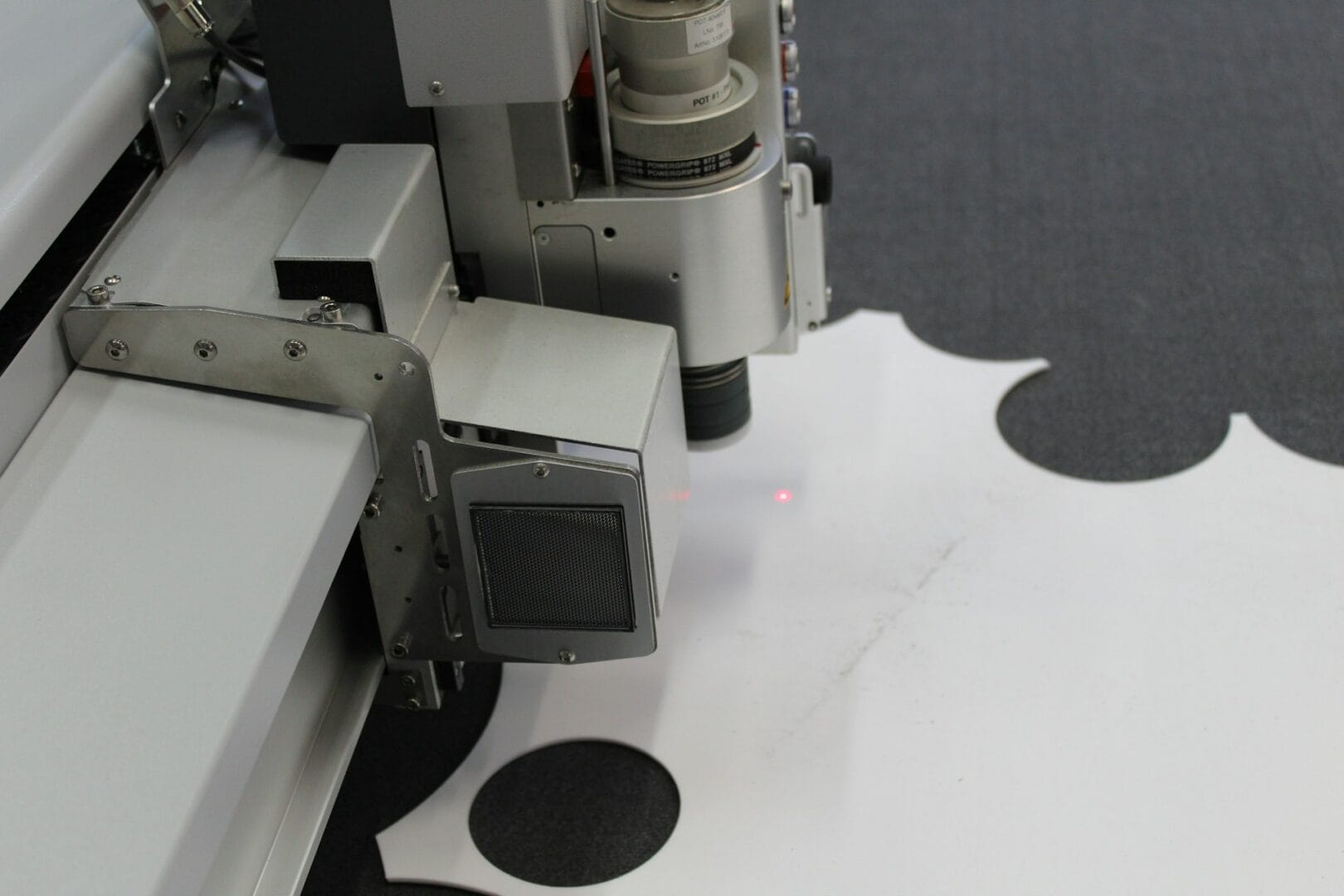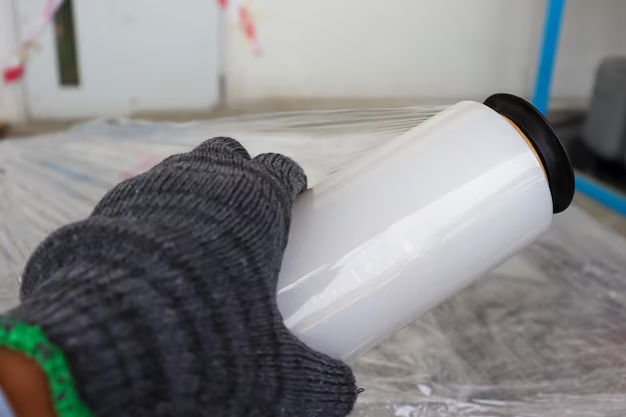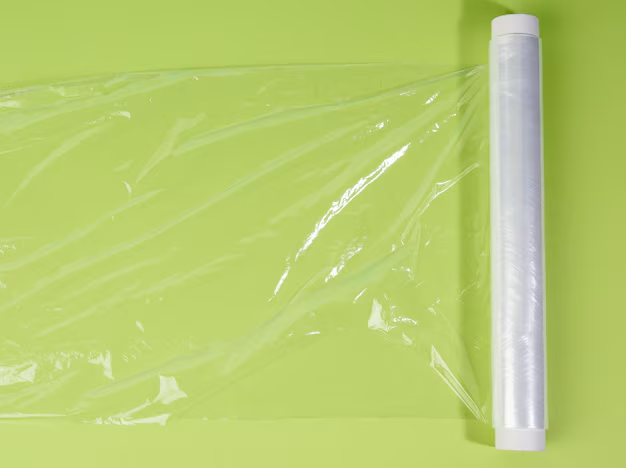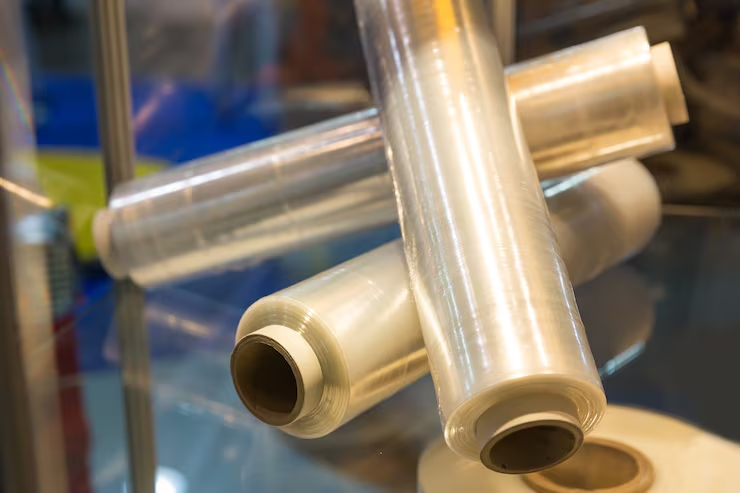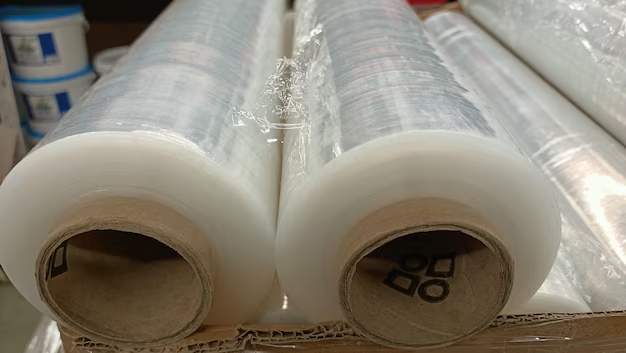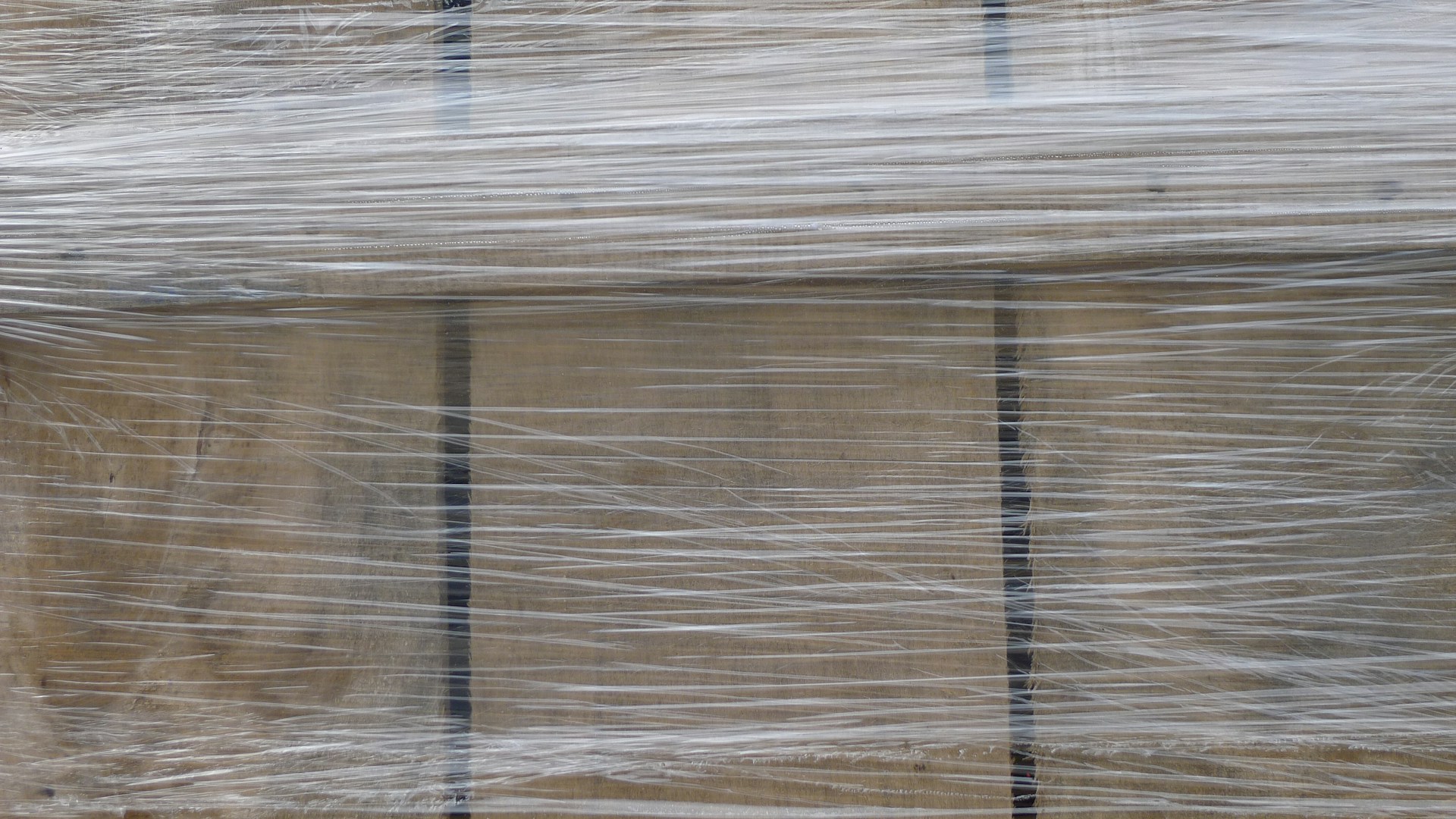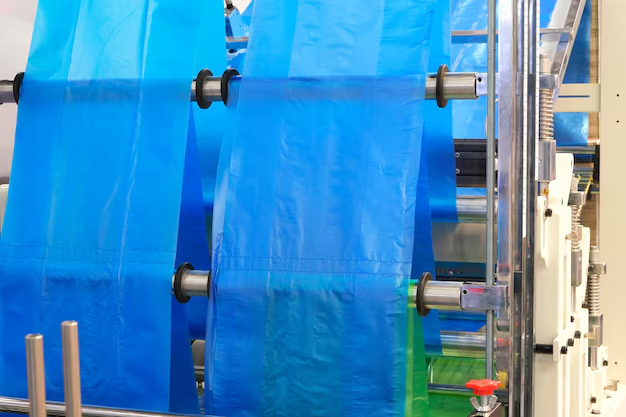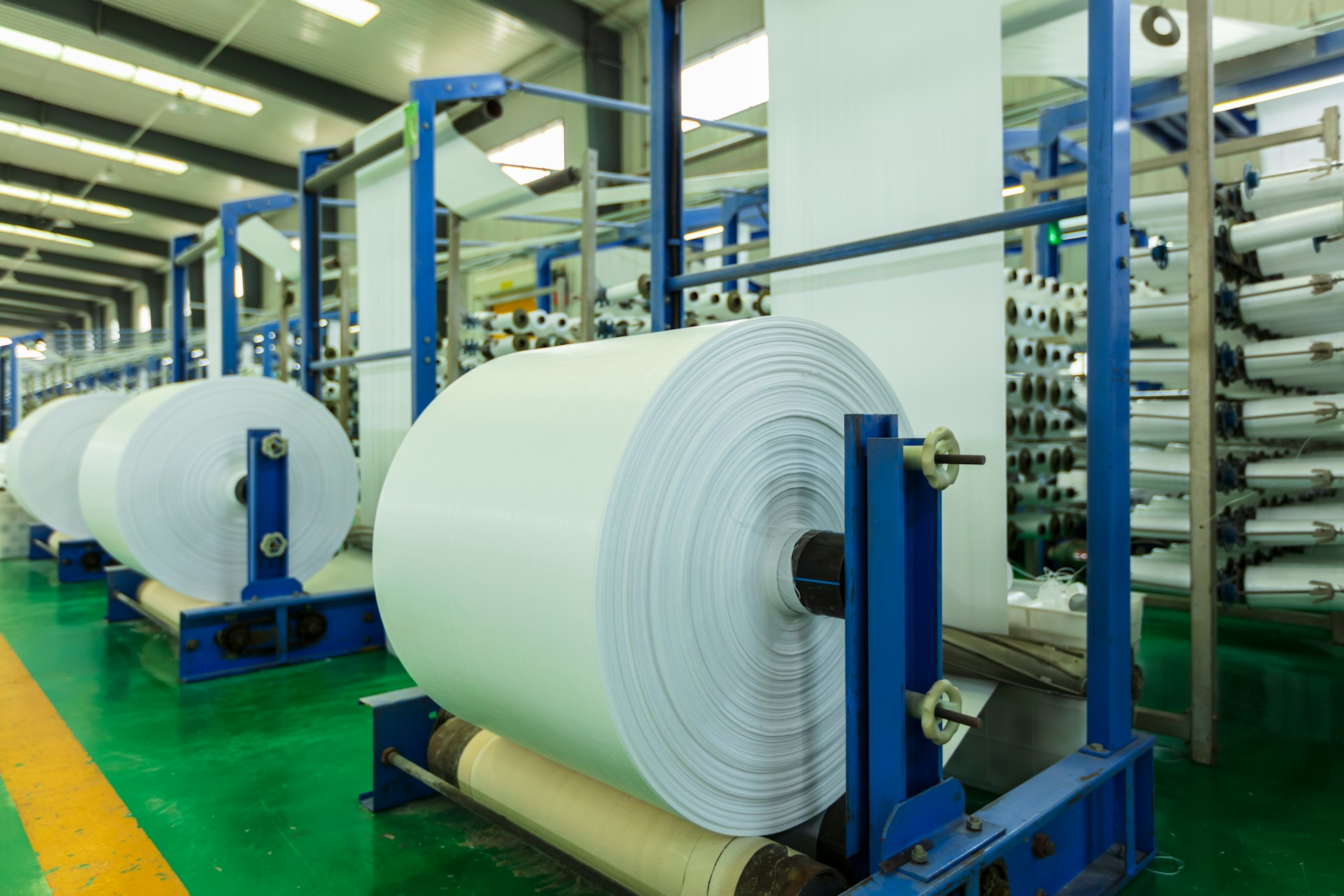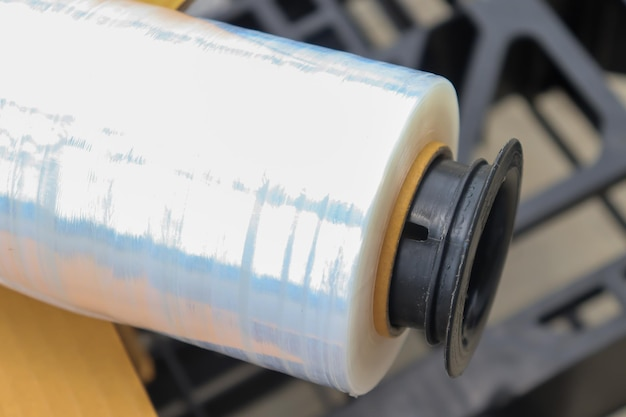Printing on shrink film can be a bit tricky, yet it’s crucial for creating attractive, durable packaging. This film adapts to fit the shape of the product, making it a versatile choice for many businesses. However, the process isn’t always smooth, and tackling the common issues can feel like a challenging puzzle. These challenges can range from colors that look different from what you expected to ink that doesn’t stick well.
Dealing with these problems doesn’t have to be stressful. Understanding why these issues happen and how to fix them prepares you to work with printable shrink film more effectively. By turning the page on these troubles, you’ll be closer to achieving those flawless prints everyone desires.
Common Printing Issues on Printable Shrink Film
Printing on shrink film presents specific hurdles but knowing the ins and outs can save you a lot of trouble. Here’s a breakdown of the main issues you might face and a few practical solutions.
– Poor Ink Adhesion: One of the first problems you might encounter is that the ink doesn’t stick well to the film. This happens when the film’s surface isn’t prepared properly or when using the wrong ink type. To tackle this, pre-treat the film to make it more receptive to ink. Also, using ink specifically designed for shrink film can make a big difference.
– Smudging and Smearing: This is when the printed design smudges after printing, leading to blurry images and text. It usually happens when the drying conditions aren’t ideal. Switching to a faster-drying ink or tweaking your drying settings can help. Ensure your printer settings are adjusted to handle the film’s unique properties.
– Stretching and Distortion: Shrink film naturally stretches as it’s applied, which can distort your printed images. This stretching occurs when the film shrinks unevenly during the printing or packaging process. To manage this, make sure the film is heated uniformly. Investing in equipment that applies consistent heat can also reduce distortion.
– Registration Problems: Sometimes, the layers of the printed design don’t align correctly. This misregistration is usually due to improper setting in the printer or when the film moves during printing. Regularly check your printer’s settings and make sure the film is securely positioned to minimize this risk.
– Color Inconsistency: Changes in color from what was displayed on the screen to the final product can be quite frustrating. This inconsistency often arises due to irregular printer calibration or using low-quality inks. Regular calibration of your printer and opting for high-grade inks can keep colors consistent and true to design.
Understanding these common issues helps guide you in preemptively addressing them, ensuring your printed products come out looking their best every time. With a bit of preparation and the right adjustments, you can circumvent these typical challenges and create high-quality prints on shrink film.
How to Avoid These Issues
Tackling the printing issues on shrink film requires a proactive approach. By focusing on maintenance and the proper selection of materials, you can often sidestep many of these headaches.
First, keep your printing equipment in good shape through regular upkeep. This includes routine cleaning and timely servicing, which help prevent unexpected breakdowns and maintain print quality. Setting up a maintenance schedule assures your equipment runs smoothly and lasts longer.
Another critical factor is choosing the right shrink film. Select high-quality film designed for printing to achieve more consistent and reliable results. This choice minimizes complications like smudging and poor ink adhesion that often stem from using subpar materials.
Environmental conditions can also impact how well shrink films print. Factors such as humidity and temperature in your workspace can cause issues like smearing and ink drying time. Be mindful of these conditions and adjust the printing environment accordingly. A simple change like using a dehumidifier may prevent many common problems and improve print outcomes.
Ensuring Long-Term Printing Success
For sustained success in printing on shrink film, establishing a solid routine for maintenance and troubleshooting can be invaluable. Regular maintenance not only prolongs the life of your equipment but also keeps your prints consistently high quality, reducing the likelihood of errors.
Beyond maintenance, consider the advantages of professional consultation for addressing recurring issues. When a problem persists despite your best efforts, seeking expert advice can save time and resources. Professionals can offer targeted solutions and insights based on industry best practices.
To keep things streamlined, it might be wise to develop a periodic review process. This involves taking a systematic look at your results and equipment performance, helping you catch minor issues before they escalate. By staying prepared, you reduce the possibility of major disruptions, keeping your operation running seamlessly and your prints impeccable.
Wrap-Up and Next Steps
Addressing printing issues head-on means you’re taking control of your production process. Through proper preparation, regular maintenance, and smart material choice, you can alleviate many printing challenges associated with shrink film. Additionally, professional insights can be an invaluable asset, providing solutions you may not have considered.
As you strive to perfect your printing techniques, remember that consistent effort toward improvement will yield the best outcomes. Each step toward understanding and overcoming these issues enhances the quality and reliability of your prints, boosting both efficiency and satisfaction for your printing projects.
For anyone looking to achieve optimal results with their packaging, choosing the right materials is key. If you’re facing challenges with printing, consider upgrading to printable shrink film for better consistency and clarity. Visit Markley and Associates to explore how our quality products can enhance your printing projects. With our expertise, you can confidently tackle any packaging requirement and improve your operation’s success.
